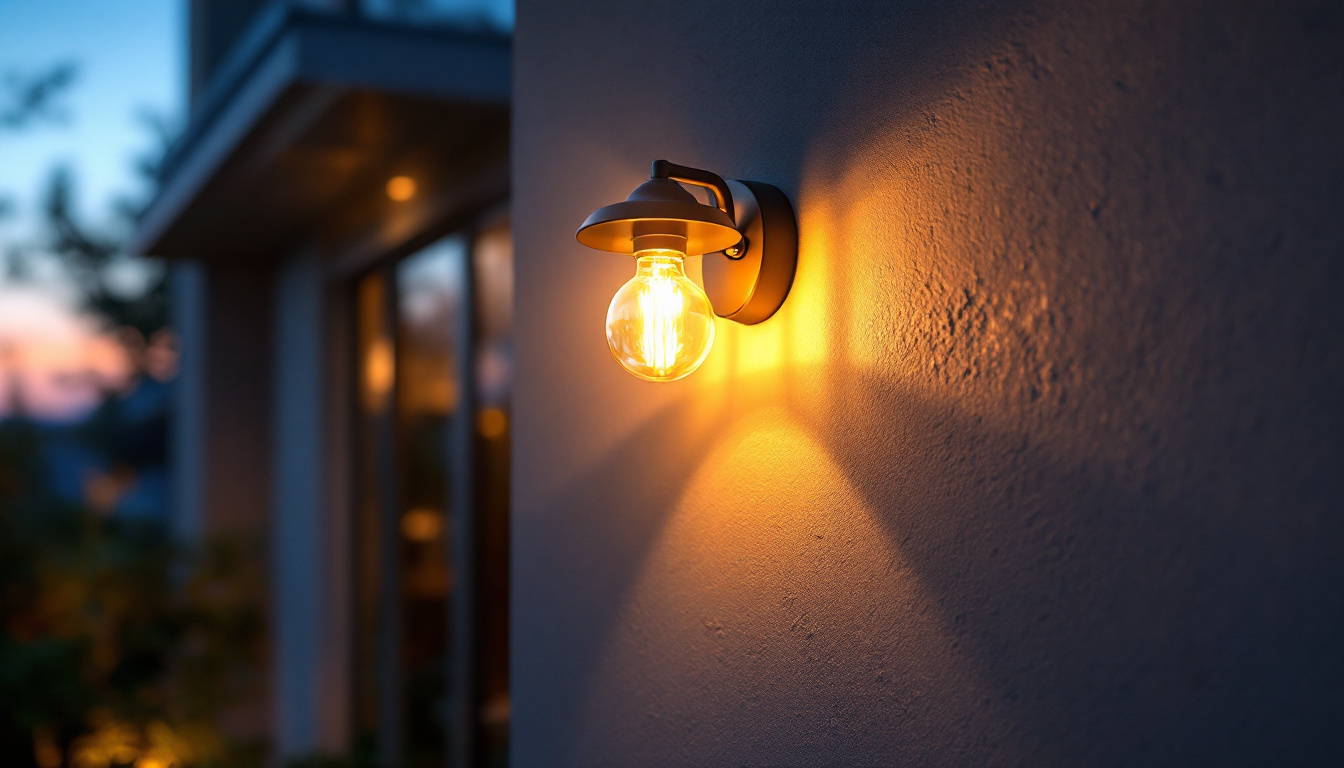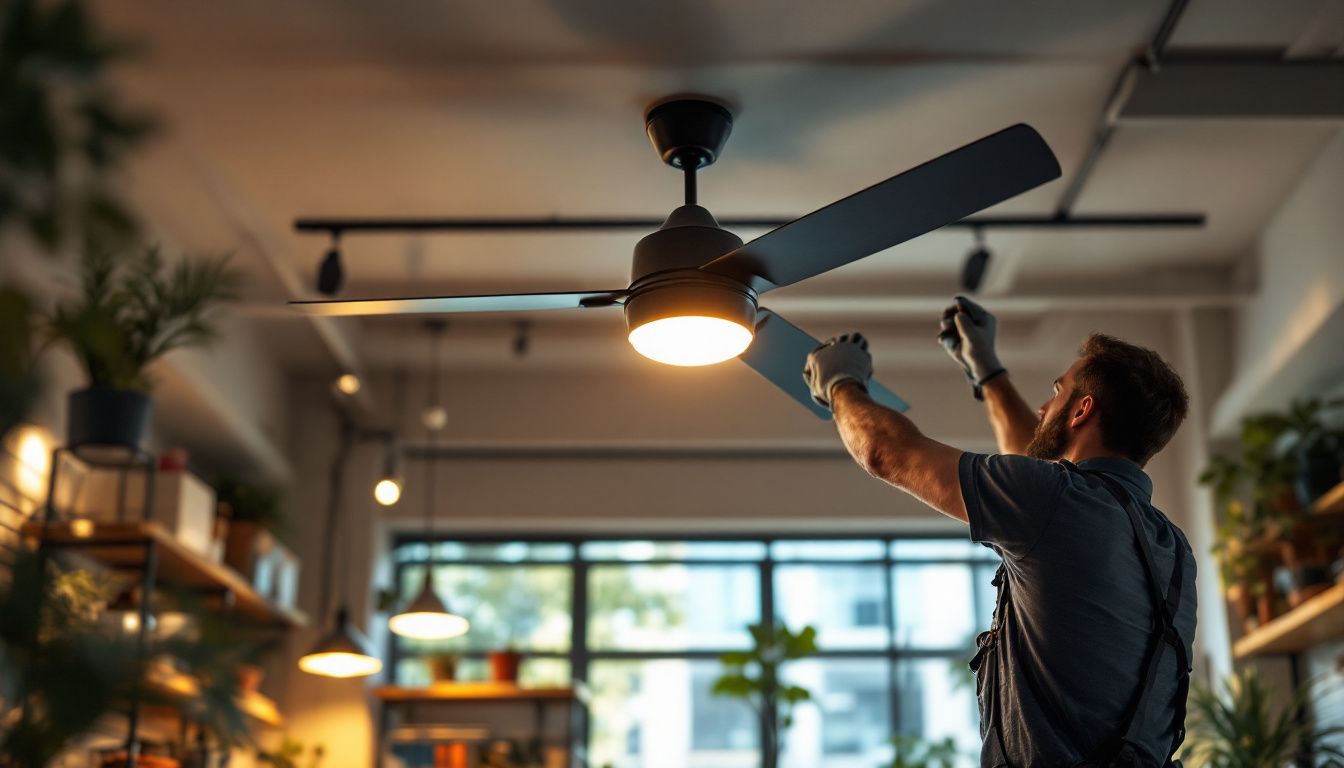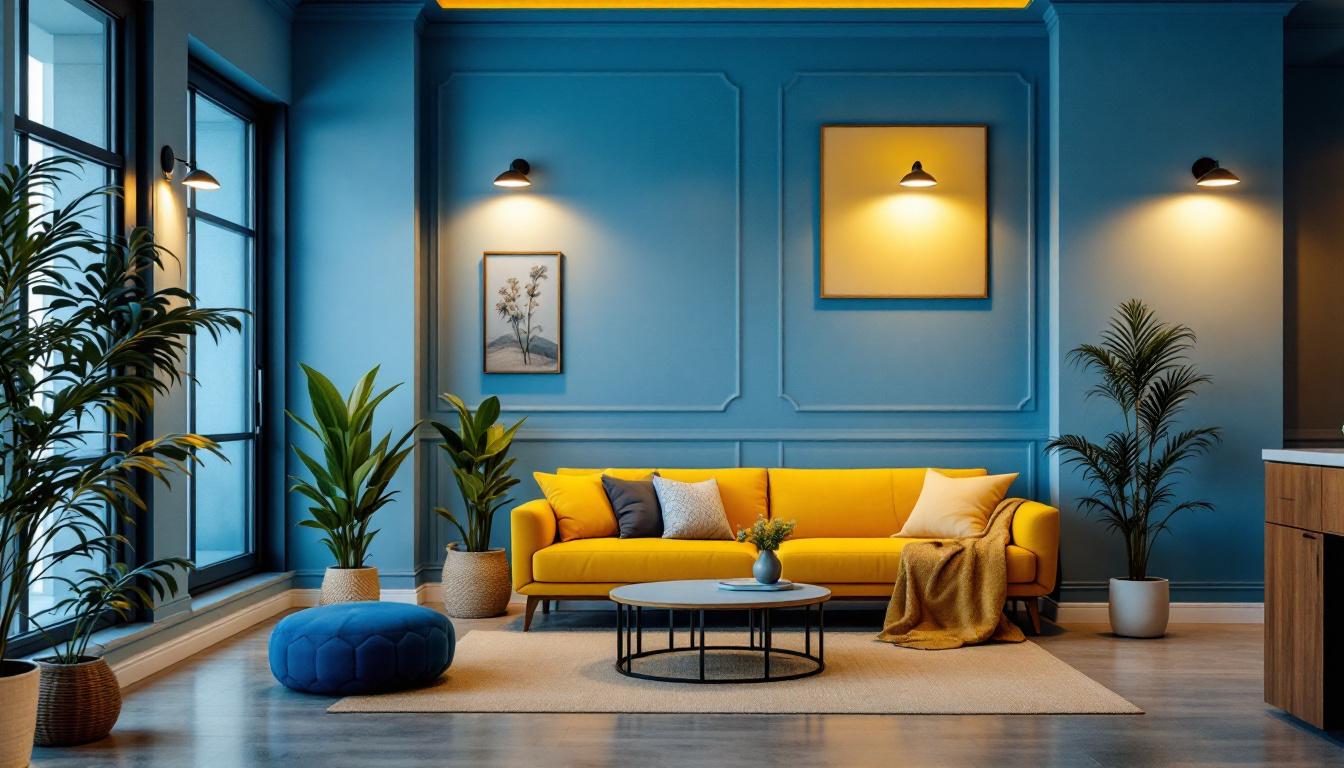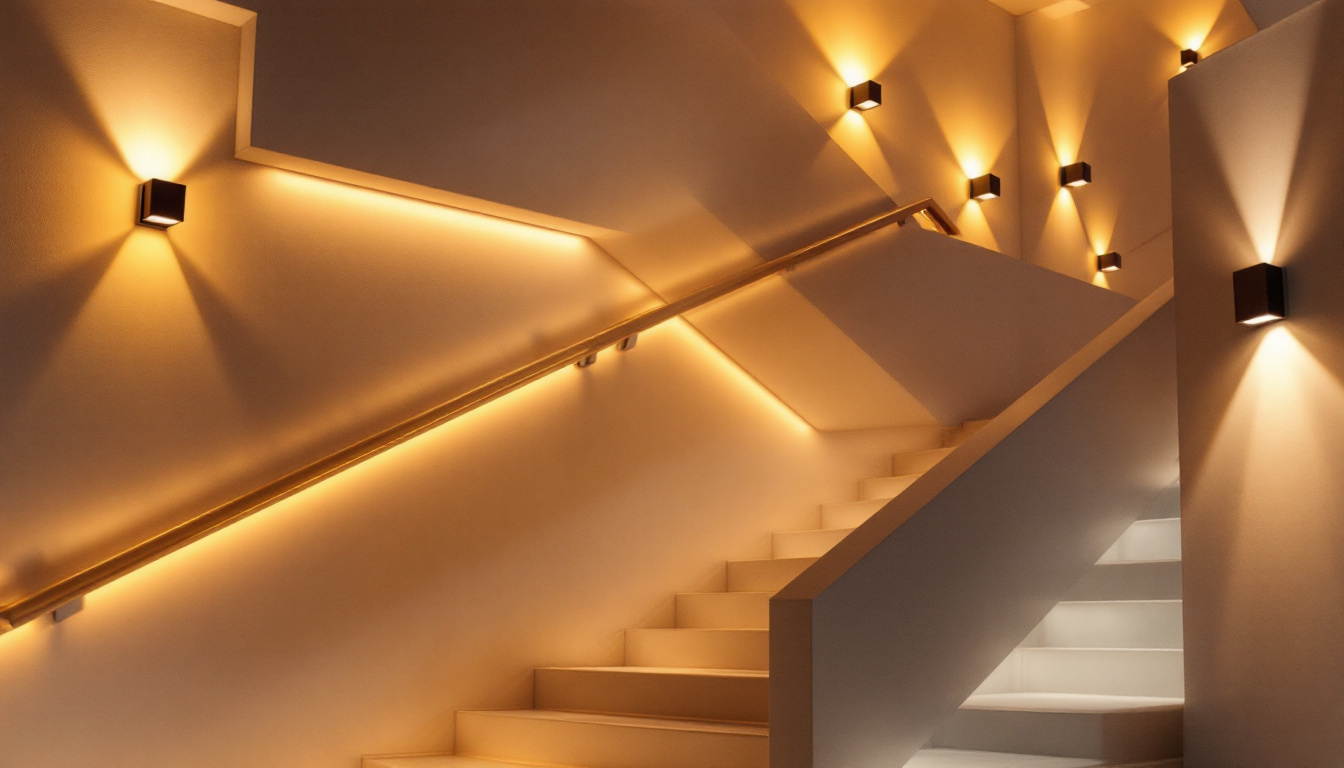
In the ever-evolving world of outdoor lighting, LED wall lamps have emerged as a popular choice among contractors and homeowners alike. Their energy efficiency, longevity, and versatility make them an ideal option for various outdoor applications. However, selecting and installing LED outdoor wall lamps can be challenging without the right knowledge and expertise. This article provides essential tips for lighting contractors to ensure successful installations and satisfied clients.
Before diving into installation techniques, it is crucial for lighting contractors to have a solid understanding of LED technology. This knowledge not only enhances the quality of installations but also enables contractors to offer valuable advice to clients. Understanding the underlying principles of how LEDs work, including their semiconductor nature and the process of electroluminescence, can empower contractors to troubleshoot issues more effectively and tailor solutions to meet specific client needs.
LED outdoor wall lamps offer numerous advantages over traditional lighting options. Their energy efficiency is one of the most significant benefits, as they consume considerably less power while providing the same or even greater illumination. This efficiency translates into lower electricity bills for homeowners, making them an attractive option. Additionally, LEDs produce less heat compared to incandescent bulbs, which not only enhances safety by reducing the risk of burns but also minimizes the load on cooling systems during warmer months.
Moreover, LED lamps have a longer lifespan compared to incandescent or fluorescent bulbs. While traditional bulbs may last for about 1,000 hours, LED lamps can last up to 25,000 hours or more. This longevity reduces the frequency of replacements, which is particularly advantageous for outdoor installations that may be difficult to access. Furthermore, many LED products are designed with durable materials that can withstand harsh weather conditions, making them ideal for outdoor use. Their resistance to shock and vibration also means they are less likely to fail in high-traffic areas, ensuring consistent performance over time.
Lighting contractors must also be aware of the color temperature and brightness of LED lamps. Color temperature is measured in Kelvin (K) and can significantly affect the ambiance of an outdoor space. For instance, warmer temperatures (around 2700K to 3000K) create a cozy and inviting atmosphere, while cooler temperatures (above 4000K) provide a more modern and vibrant feel. Understanding the psychological effects of different color temperatures can help contractors advise clients on how to achieve the desired mood for their outdoor areas, whether it’s for a relaxing garden retreat or a lively entertainment space.
Brightness, measured in lumens, is another critical factor. Contractors should assess the specific needs of the outdoor space to determine the appropriate lumen output. For security purposes, brighter lights may be necessary, while softer illumination may be suitable for decorative applications. Additionally, the placement and angle of outdoor wall lamps can greatly influence perceived brightness and shadowing, which is essential for both aesthetic appeal and functional safety. By considering these elements, contractors can create well-lit environments that enhance both the beauty and security of outdoor spaces.
With a variety of LED outdoor wall lamps available on the market, selecting the right fixture for a project can be daunting. However, understanding the key features and specifications can simplify the decision-making process.
The design and style of the LED wall lamp should complement the architecture of the building and the surrounding landscape. Contractors should consider the overall aesthetic preferences of their clients, as well as the functionality of the fixture. For instance, a sleek, modern design may be ideal for contemporary homes, while more traditional styles may suit classic architecture.
Additionally, the size and scale of the fixture should be appropriate for the installation location. A large, imposing fixture may overwhelm a small entryway, while a tiny lamp may get lost on a spacious wall. Striking the right balance is essential for achieving a harmonious look. Furthermore, the color temperature of the LED light can also influence the ambiance of the space. Warmer tones can create a cozy and inviting atmosphere, while cooler tones may lend a more vibrant and energetic feel. Therefore, selecting the right color temperature in conjunction with the design can enhance the overall aesthetic appeal.
Outdoor wall lamps must withstand various environmental conditions, such as rain, snow, and UV rays. Therefore, it is vital to choose fixtures made from durable materials that offer weather resistance. Look for lamps with an IP (Ingress Protection) rating, which indicates the level of protection against dust and moisture. A rating of IP65 or higher is generally recommended for outdoor applications.
Moreover, consider the finish of the fixture. Powder-coated or corrosion-resistant finishes can enhance durability and prolong the lifespan of the lamp, ensuring that it remains functional and visually appealing for years to come. In addition to these factors, it is also worth exploring energy efficiency ratings. Many LED lamps come with Energy Star certification, which not only signifies a commitment to energy conservation but can also lead to significant savings on electricity bills over time. This aspect can be particularly appealing to environmentally conscious clients looking to reduce their carbon footprint while still enjoying stylish outdoor lighting solutions.
Proper installation is crucial for the performance and longevity of LED outdoor wall lamps. Following best practices can help contractors avoid common pitfalls and ensure a successful project.
Before installation, contractors should carefully plan the location of the LED wall lamps. Factors such as the height of the fixture, the angle of illumination, and the proximity to other light sources should be taken into account. Ideally, the lamps should be mounted at a height that provides adequate coverage without creating harsh shadows or glare.
Additionally, consider the surrounding environment. For instance, placing lamps near trees or shrubs may result in obstructions that hinder light distribution. Ensuring that the fixtures are positioned to maximize their effectiveness is essential for achieving optimal lighting results.
When installing LED outdoor wall lamps, electrical considerations are paramount. Contractors should ensure that the electrical supply is suitable for the fixtures being installed. This includes checking the voltage requirements and ensuring that the wiring is compatible.
It is also essential to follow local electrical codes and regulations during installation. This not only ensures safety but also prevents potential issues that may arise from improper wiring. Utilizing weatherproof junction boxes and connectors can further enhance the safety and reliability of the installation.
Even though LED outdoor wall lamps require less maintenance than traditional lighting options, periodic checks and maintenance are still necessary to ensure optimal performance. Contractors should advise clients on how to care for their fixtures and troubleshoot common issues.
Routine inspections can help identify potential issues before they become significant problems. Contractors should recommend that clients periodically check the fixtures for any signs of damage, such as cracks or corrosion. Additionally, ensuring that the lamps are clean and free from debris can enhance their performance and longevity.
During inspections, it is also essential to check the electrical connections and wiring for any signs of wear or damage. Addressing these issues promptly can prevent more extensive repairs down the line.
Despite their reliability, LED outdoor wall lamps can sometimes experience issues. Common problems include flickering lights, dim illumination, or complete failure. Contractors should be prepared to troubleshoot these issues effectively.
For flickering lights, the first step is to check the electrical connections and ensure that they are secure. If the connections are intact, it may be necessary to replace the driver or transformer, as these components can sometimes fail. Dim illumination may indicate that the lamp is nearing the end of its lifespan or that it is not receiving adequate voltage.
The integration of smart technology into outdoor lighting systems has gained popularity in recent years. Contractors can offer clients the option of smart LED outdoor wall lamps, which provide enhanced control and customization of outdoor lighting.
Smart LED outdoor wall lamps allow homeowners to control their lighting remotely through smartphones or smart home systems. This feature offers convenience and flexibility, enabling users to adjust the brightness, color temperature, and even set schedules for their outdoor lighting.
Moreover, smart lighting can enhance security by allowing homeowners to simulate occupancy when they are away. By scheduling lights to turn on and off at specific times, it creates the illusion that someone is home, deterring potential intruders.
When installing smart LED outdoor wall lamps, contractors should ensure that the Wi-Fi signal is strong in the installation area. Poor connectivity can lead to unreliable performance and frustration for homeowners. Additionally, it is essential to follow the manufacturer’s instructions for setup and configuration to ensure seamless integration with existing smart home systems.
Contractors should also educate clients on the benefits and functionalities of their new smart lighting systems. Providing guidance on how to use the associated apps and features can enhance the overall user experience and satisfaction.
LED outdoor wall lamps offer a versatile and efficient lighting solution for various outdoor applications. By understanding LED technology, choosing the right fixtures, following best installation practices, and incorporating smart lighting options, lighting contractors can enhance their services and deliver exceptional results to their clients.
As the demand for energy-efficient and aesthetically pleasing outdoor lighting continues to grow, staying informed about the latest trends and technologies will empower contractors to stay ahead in the competitive lighting industry. With these quick tips in mind, contractors can approach each project with confidence, ensuring that they meet and exceed client expectations.
Ready to elevate your lighting projects with the efficiency and style of LED outdoor wall lamps? Look no further than LumenWholesale for a seamless experience in sourcing your lighting needs. Our extensive selection of spec-grade lighting products is designed to meet the highest industry standards, ensuring that your installations shine with reliability and performance. With unbeatable wholesale prices and the convenience of free shipping on bulk orders, LumenWholesale is your go-to partner for premium lighting without the premium price tag. Discover the best value in wholesale lighting and make your next project a beacon of quality and affordability.

Discover how solar light panels can revolutionize your lighting projects by ensuring sustainability and efficiency.

Discover how ceiling commercial fans can transform your lighting projects and boost your business success.

Discover the impact of decorative can lights on modern lighting design and why they are essential for contractors.

Discover how strategic lighting installations can transform your staircase into a safer and more visually appealing space.